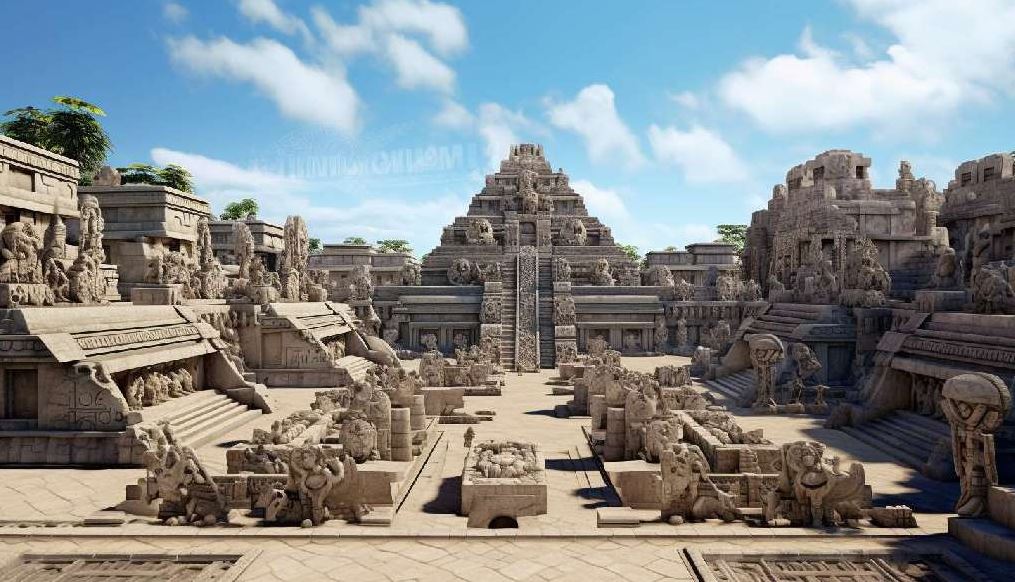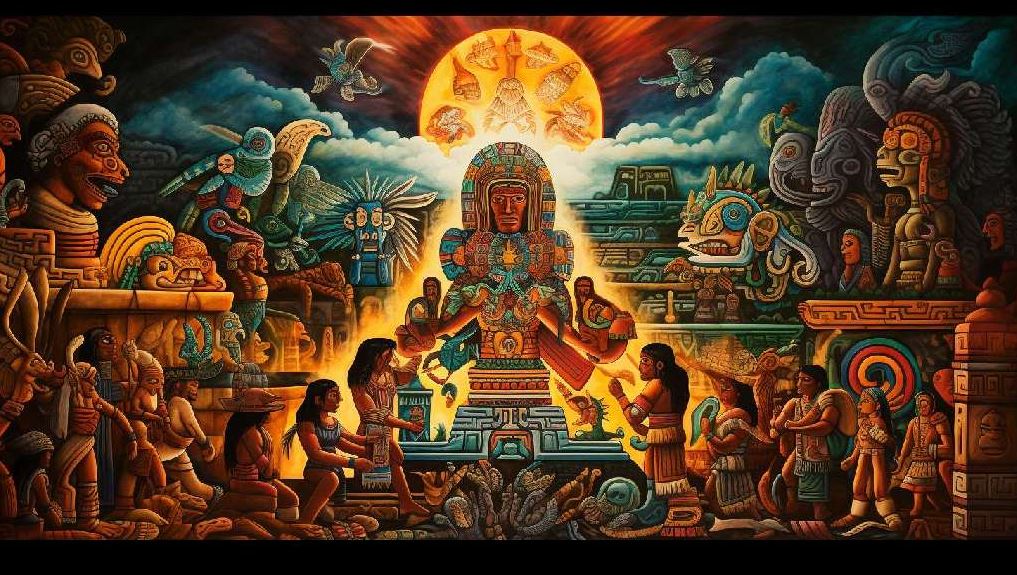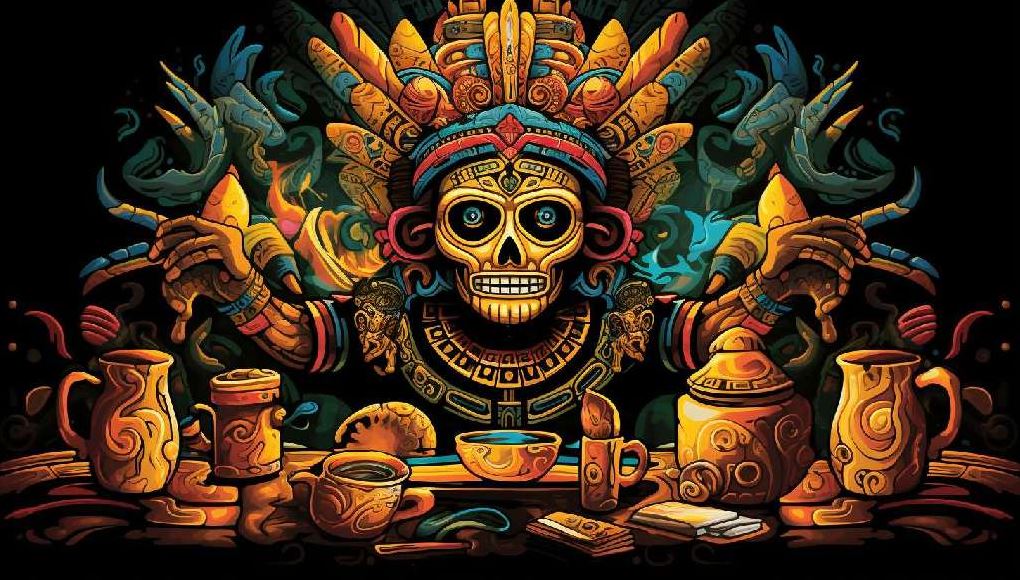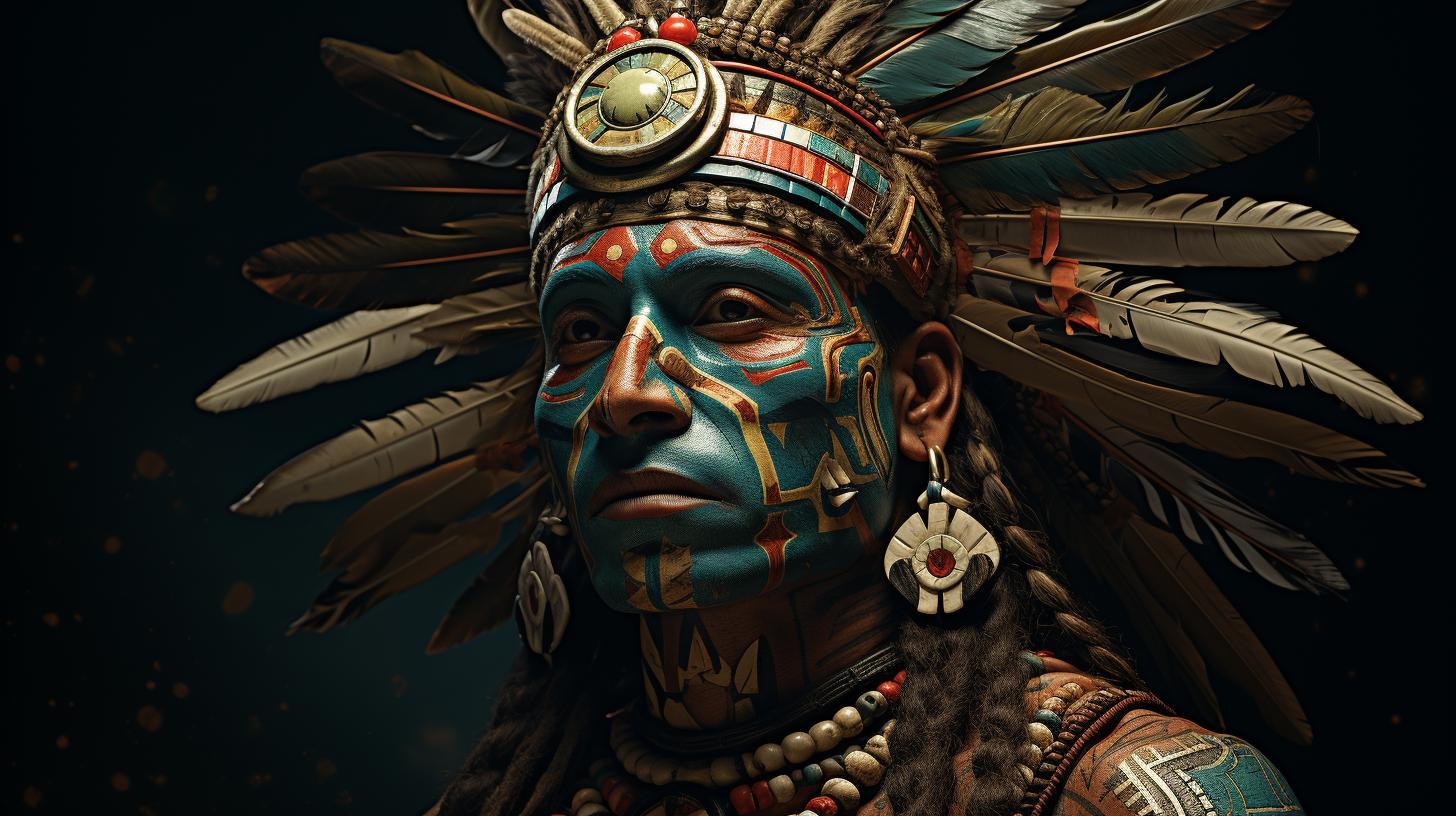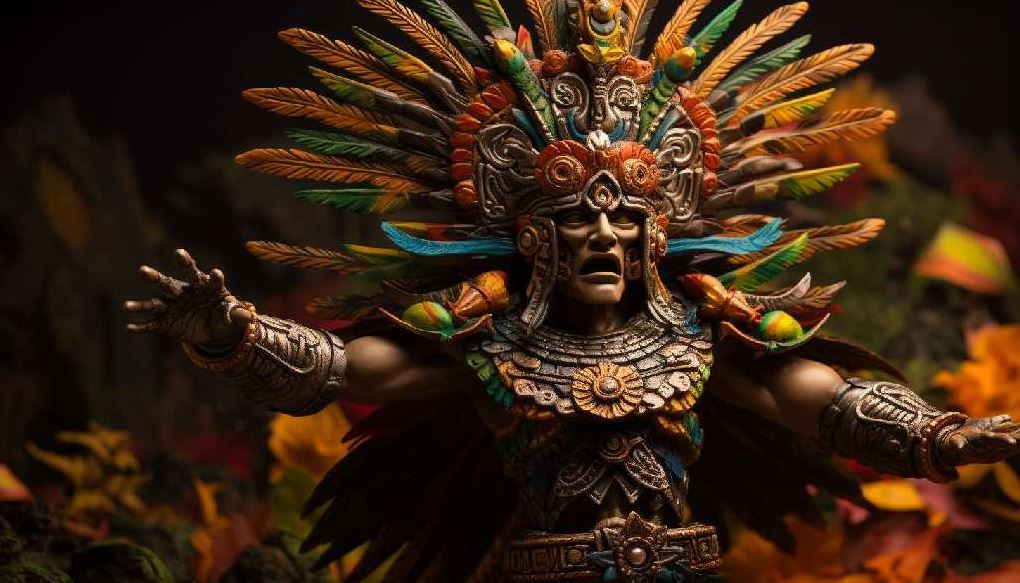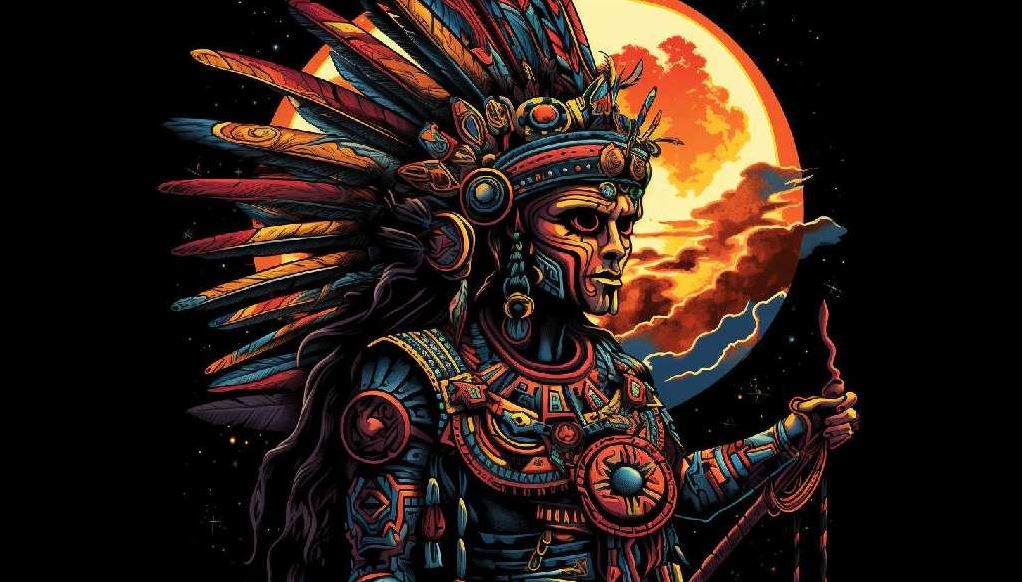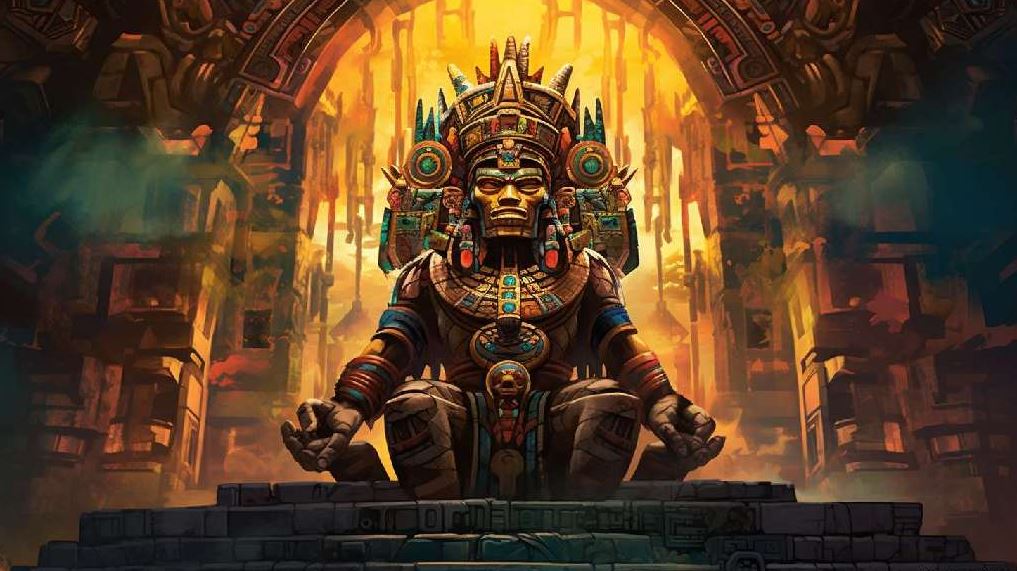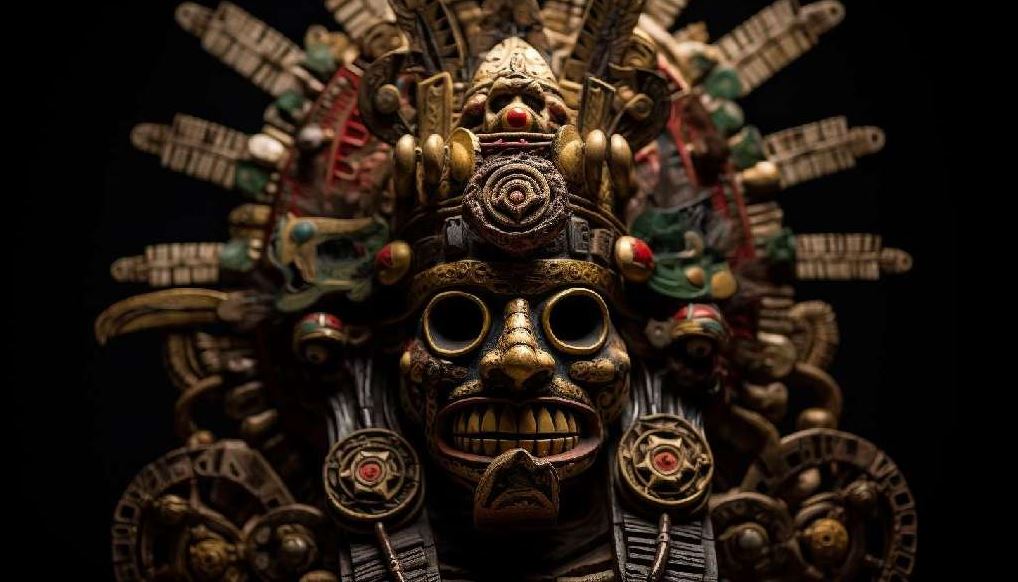Patecatl Aztec God: Unearthing the Ancient Deity of Healing and Medicine
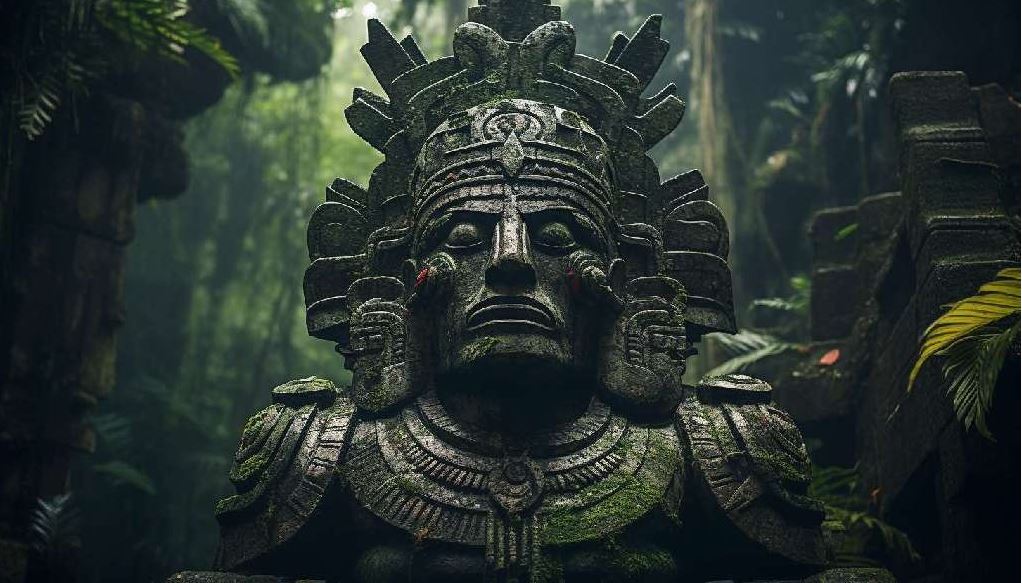
The Patecatl Aztec god holds a significant role in Aztec culture and religion. Known as the deity of healing and medicine, Patecatl is believed to have connections with Quetzalcoatl and the Centzon Totochtin.
Depicted with distinctive symbols, this ancient god continues to carry interpretations and significance in modern times. Curious about Patecatl? In this article, we will explore the mythology, role, depictions, and interpretations of the Patecatl Aztec God.
Let’s dive into the fascinating world of this divine figure.
Overview of Patecatl Aztec God
The Patecatl Aztec god is a prominent deity in Aztec mythology, revered for his significant role in healing and medicine. This divine figure holds a special place in Aztec culture and religion, representing the power to restore health and balance.
Patecatl’s origins are deeply rooted in Aztec mythology, with fascinating stories surrounding his emergence and divine attributes. As we delve into the mythology and origins of Patecatl, we uncover the rich tapestry of beliefs and traditions that surround this deity.
Within Aztec culture and religion, Patecatl is recognized for his association with healing and medicine. The Aztecs believed in his ability to cure diseases and provide the remedies needed for overall well-being.
Additionally, Patecatl’s role expands beyond healing, as he also holds associations with Quetzalcoatl, the feathered serpent god, and connections to the Centzon Totochtin, a group of deities known as the “Four Hundred Rabbits.”
The depictions and symbols of Patecatl offer insight into the visual representation of this divine figure. Unique artistic representations highlight his significance and provide a deeper understanding of his attributes and importance.
Even in modern times, Patecatl continues to be interpreted and holds significance in various contexts. His enduring presence reflects the ongoing relevance and cultural importance of this Aztec god.
As we explore the mythology, symbolism, and modern interpretations of Patecatl Aztec god, we uncover a captivating journey that reveals the depth and complexity of this ancient deity.
The Mythology and Origins of Patecatl
Legend has it that Patecatl was closely associated with Tlaloc, the rain god, as both of them were believed to possess the power to bring life and nourishment to the earth.
As a result, Patecatl became revered as a deity capable of bestowing healing and fertility upon humanity.
This revered god enjoyed a prominent place in Aztec mythology, often depicted as a bearded figure holding a staff and a medicinal plant. His close connections with Quetzalcoatl, the feathered serpent deity associated with life and creation, further enhanced his significance.
In Aztec culture, Patecatl was honored through various rituals and ceremonies, which sought to appease and seek his assistance in matters of health and well-being. Temples dedicated to him were places of profound reverence and were frequently visited by individuals seeking healing and relief from ailments.
The mythology and origins of Patecatl Aztec god provide a captivating glimpse into the belief system and spiritual practices of the ancient Aztec civilization, highlighting the importance of health, medicine, and the natural world in their worldview.
Exploring these myths allows us to better understand the cultural context in which Patecatl was revered and continues to inspire fascination and interest even in modern times.
The Role of Patecatl in Aztec Culture and Religion
As an important deity in Aztec culture and religion, Patecatl held various roles and connections within the Aztec pantheon. This section explores three significant aspects of his role and associations.
Healing and Medicine
Patecatl was revered as the god of healing and medicine in Aztec mythology. He played a crucial role in the well-being of the Aztec people, as he was believed to possess immense knowledge and power in curing illnesses and promoting the overall health of individuals.
His presence and worship were central to the Aztec understanding and practice of medicine.
Associations with Quetzalcoatl
Patecatl had strong associations with Quetzalcoatl, one of the most prominent deities in the Aztec pantheon. Quetzalcoatl, known as the god of wisdom, arts, and culture, shared a deep connection with Patecatl, particularly in matters related to healing and fertility.
This association emphasized the significance of Patecatl in maintaining the balance and harmony in the Aztec worldview.
Connections to the Centzon Totochtin
Patecatl was also closely connected to the Centzon Totochtin, a group of deities representing the 400 drunken rabbits in Aztec mythology. These deities were associated with partying, drunkenness, and celebration, and Patecatl’s connection to them emphasized the link between healing, intoxication, and divine revelry.
This connection further portrayed the multifaceted nature of Patecatl’s role within the Aztec belief system.
Depictions and Symbols of Patecatl
Patecatl, the Aztec god of healing and medicine, is often depicted in various forms, each carrying distinct symbols that represent his significance and attributes.
One common depiction of Patecatl shows him with a hunched posture, symbolizing humility and his connection to the earth. He is often portrayed with a staff or a snake, both symbolizing healing and medicine in Aztec culture.
The snake, representing renewal and transformation, is a prominent symbol associated with Patecatl. It signifies his ability to bring about healing and restore balance to the body and spirit.
Another frequently seen symbol with Patecatl is a cactus plant, specifically the maguey plant. The maguey is closely associated with medicinal properties and its sap was believed to have curative effects.
Patecatl’s affiliation with the maguey plant further emphasizes his role as a deity of healing.
Additionally, Patecatl is often depicted wearing a headdress adorned with feathers, representing his connection to Quetzalcoatl, the feathered serpent god. This symbolizes the sacred bond between healing and fertility in Aztec beliefs.
These depictions and symbols of Patecatl in Aztec art and iconography provide insight into his role as a revered deity of healing and medicine. They serve as visual representations of his power and the belief in his ability to bring about healing and restoration.
Interpretations and Significance of Patecatl in Modern Times
In modern times, the interpretations and significance of Patecatl, the Aztec god of healing and medicine, continue to evolve and captivate individuals around the world. Here are some key aspects to consider:
- Symbol of Healing: Patecatl represents the healing arts and is seen as a symbol of hope for those in need of health and wellness.
His presence serves as a reminder of the power of traditional healing practices.
- Revival of Traditional Medicine: Patecatl’s legacy has inspired a resurgence in the use of traditional Aztec medicine and herbal remedies.
Many individuals are drawn to these ancient practices and seek alternative healing methods.
- Connection to Nature and Earth: Patecatl’s association with the natural world underscores the importance of environmental stewardship and the preservation of indigenous knowledge related to healing plants and their properties.
- Influence on Art and Culture: Patecatl’s imagery and symbolism have found their way into various forms of artistic expression.
Paintings, sculptures, and other artworks celebrate his role as a divine healer and convey his significance in contemporary society.
- Exploration of Identity: The exploration of Aztec mythology and the significance of gods like Patecatl has become a way for individuals to reclaim and reconnect with their indigenous ancestry, fostering a sense of cultural pride and identity.
The interpretations and significance of Patecatl in modern times demonstrate the enduring power of ancient traditions in shaping contemporary perspectives on healing, spirituality, and cultural heritage.
Common Questions about Patecatl Aztec God
Who was Patecatl in Aztec mythology?
Patecatl holds a significant role in Aztec mythology as a deity associated with healing and medicine. He is depicted as a god with specific attributes and symbols, representing his divine connection to these important aspects of ancient Aztec culture.
What were Patecatl’s responsibilities?
Patecatl’s primary responsibility in Aztec mythology was to oversee healing practices and medicinal knowledge. He was believed to provide guidance to healers, shamans, and those seeking remedies for various ailments. Patecatl played a vital role in ensuring the well-being and health of the Aztec people.
How did Patecatl relate to healing and fertility?
Patecatl’s association with healing extended beyond physical well-being. In Aztec belief, he was also closely connected to fertility and the cycle of life. Patecatl was revered for his ability to bring about healing and restore balance, both in the human body and in the natural world.
.











